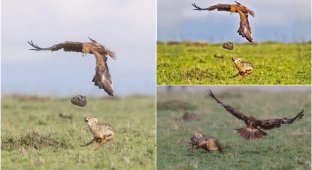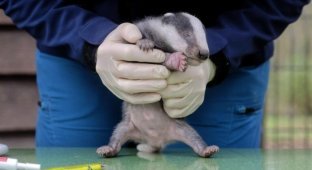Overkill or underdog? A unique inhabitant of the Dark Continent (8 photos + 1 video)
What to do when you are not like everyone else? Adapt, live and enjoy your otherness. How the black-backed jackal does it. 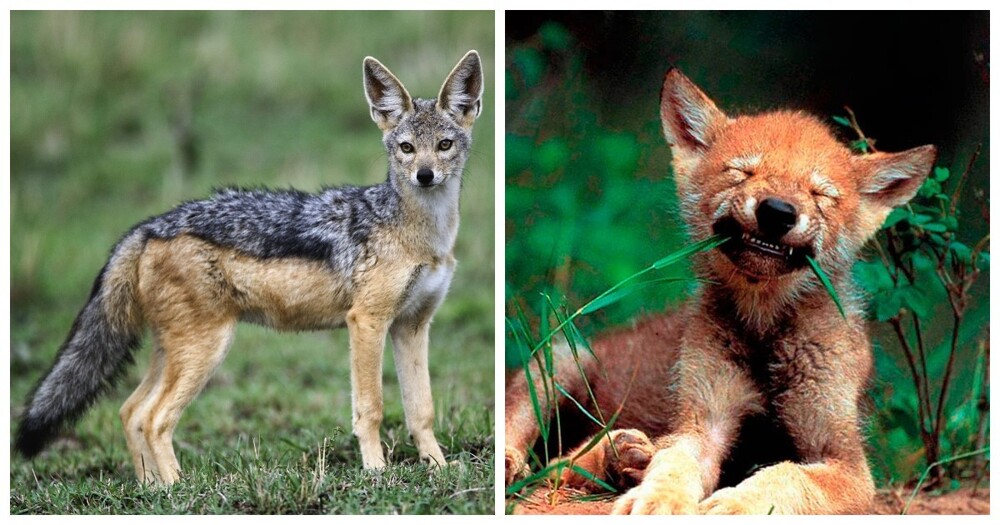
Canis mesomelas is a representative of the canids and the smallest among the jackals. The inhabitant of Africa can boast of only 50 centimeters at the withers with a body length of about a meter and an average weight of 20 kilograms. 
But the black-backed jackal looks original: the laconic grayish-red coloring is balanced by a wide dark stripe along the ridge. It resembles a saddle pad, which is what gave the beast its name. 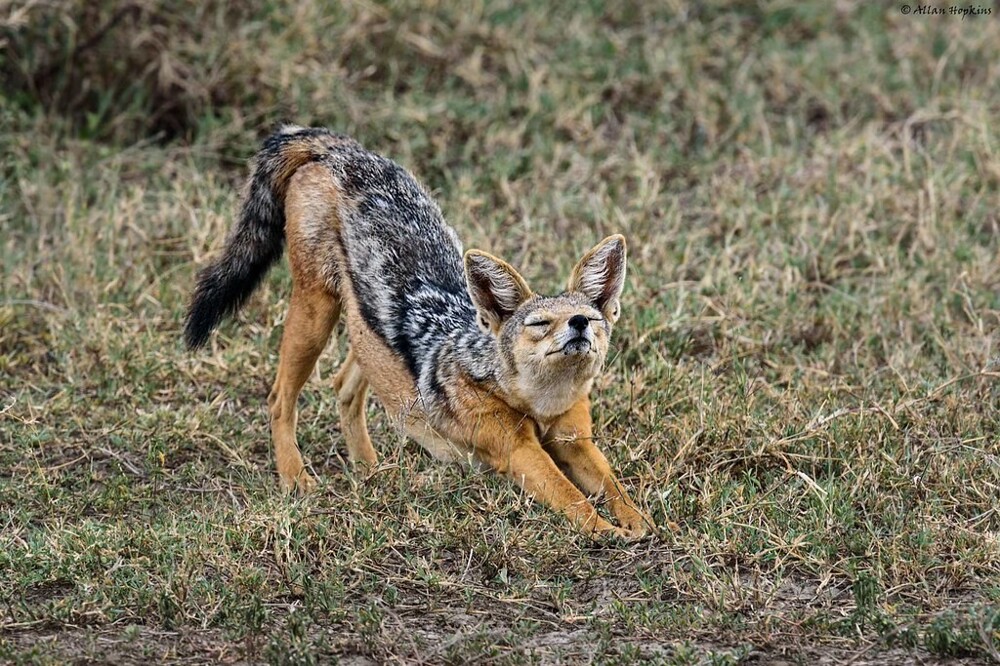
It is clear that in the presence of competitors in the form of large predators, the jackal has problems getting good prey. But he adapted and prepared in several areas at once:
He has become an omnivore and doesn’t mind snacking not only on small things, but also on plant foods.
He learned to follow large predators like a shadow, so that after their successful hunt, he could enjoy the remains of the meal.
Adapted to settling near populated areas. And, accordingly, without demand or warning, they steal supplies and steal farm animals, causing considerable damage to local farmers. 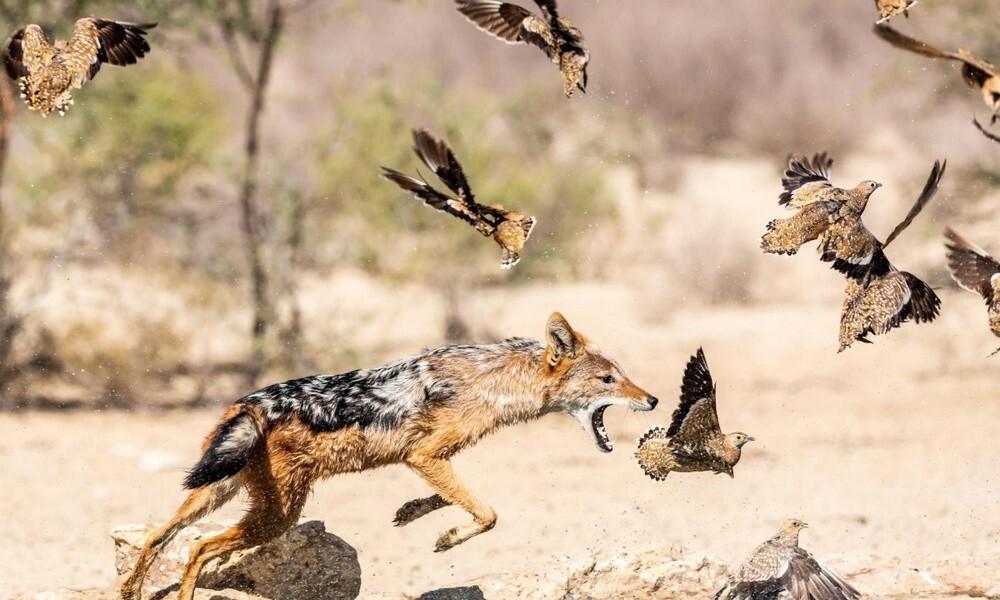
A flock of several individuals can easily separate not only a kid or lamb from the herd, but also an adult animal. But what to do if you have only slightly outgrown the dog, but have not reached the level of the wolf? You have to adapt and survive. 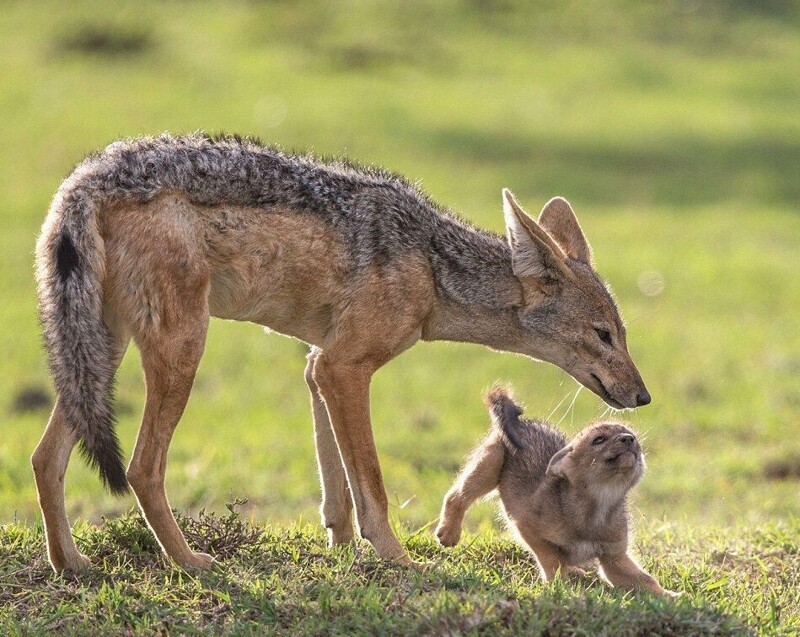
But in terms of personal relationships, this beast should be given a reward for loyalty and care. Black-backed jackals are monogamous. And couples are created for almost a lifetime, until the death of one of the partners. The mating season lasts from the beginning of autumn until the onset of winter. Pregnancy in a female lasts about two months. There are an average of 3-6 puppies in a litter, but sometimes there are more, which is due to their high mortality rate before the age of six months 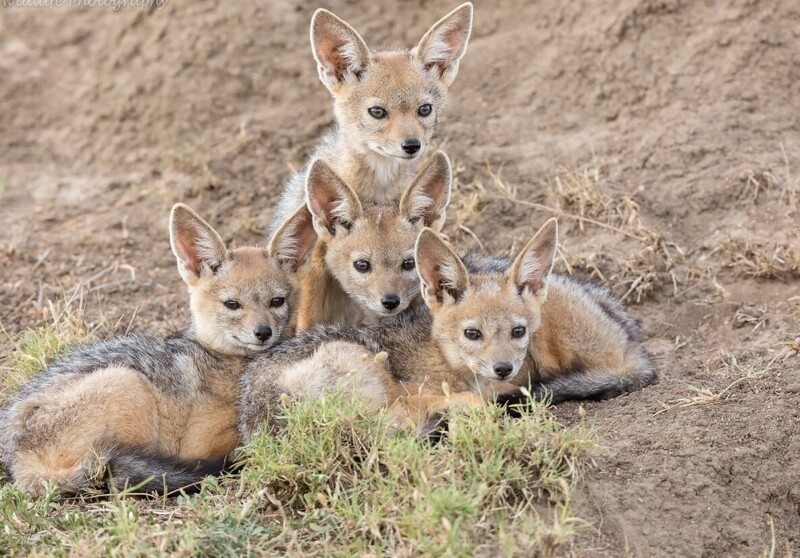
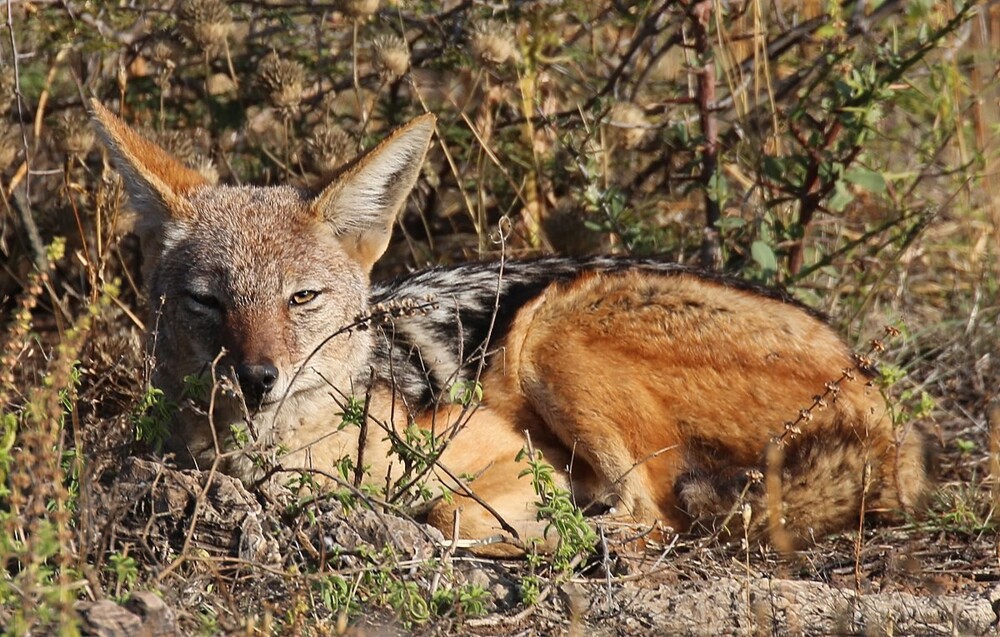
Babies are born blind and helpless. But they grow quickly. And already at the age of six months they begin to go hunting with their parents. Upon reaching sexual maturity, most of the grown-up jackals leave the family. But there are also those (about a quarter of them) who stay and help their parents raise the next litter. 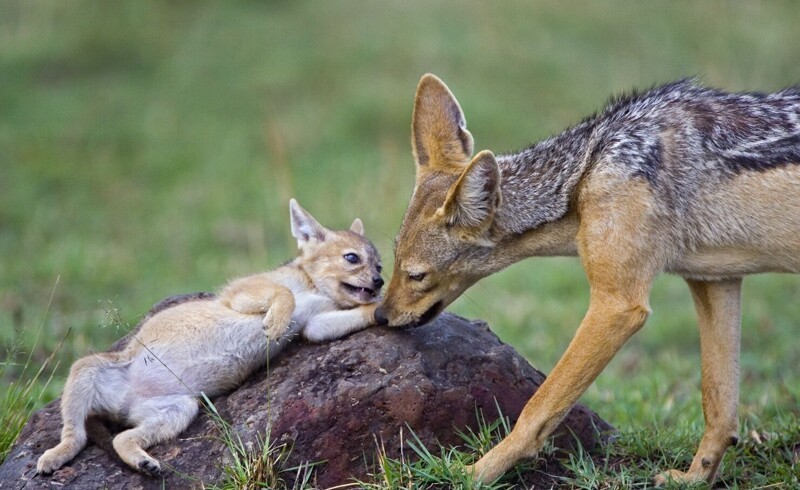
In African countries, these animals are often kept as pets due to their ability to quickly adapt and become attached to their owner. In the wild, the life expectancy of jackals usually does not exceed 10 years, but in captivity, with proper care, it can reach 15.
For all its unconventionality, the species is doing quite well for itself, and these guys with pointed ears and amber-golden irises are not going to disappear from the face of the earth.














